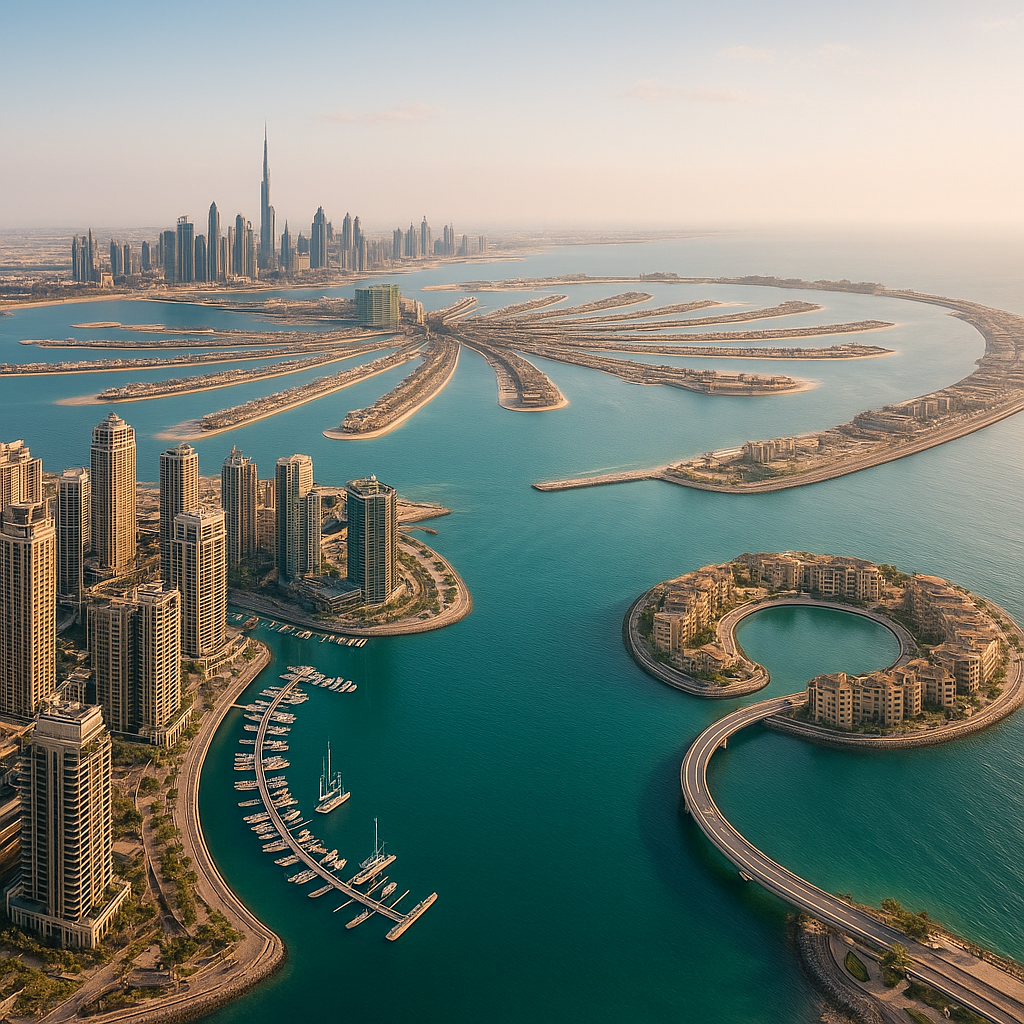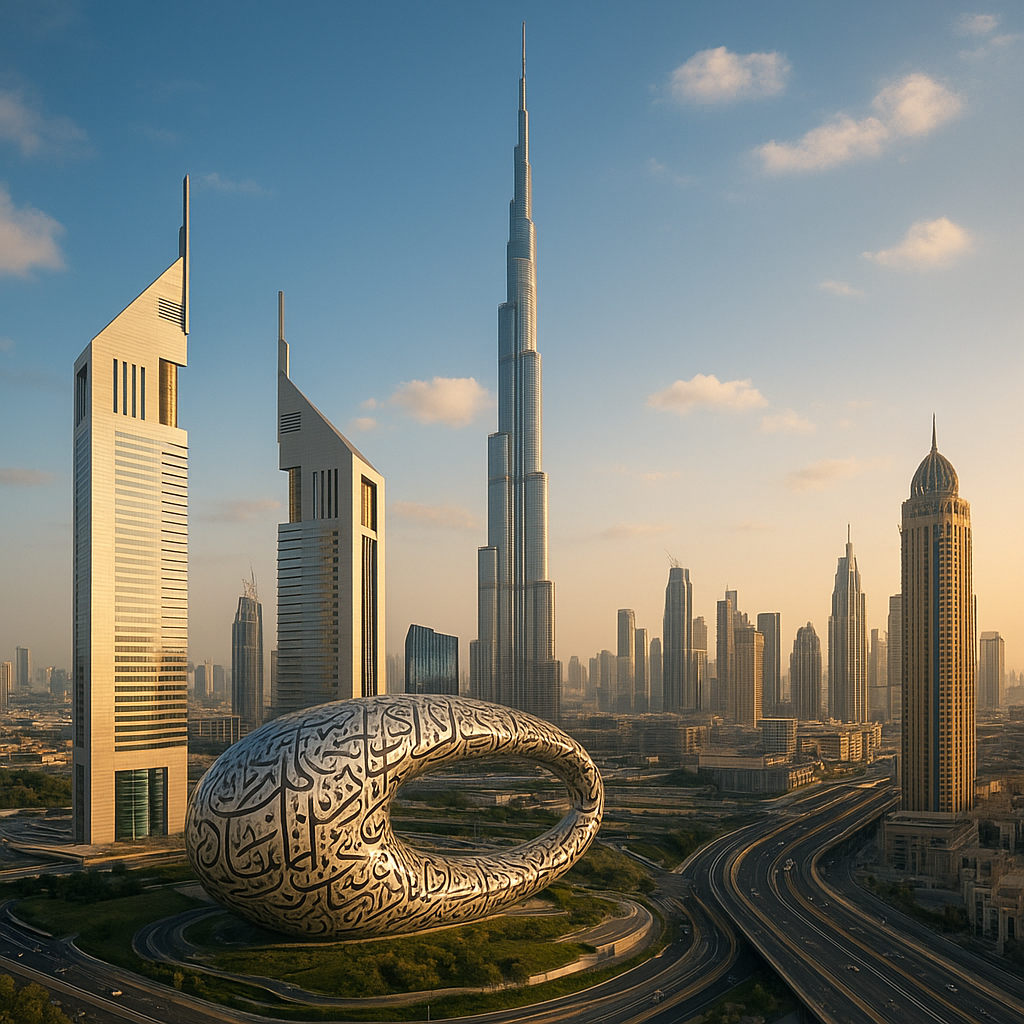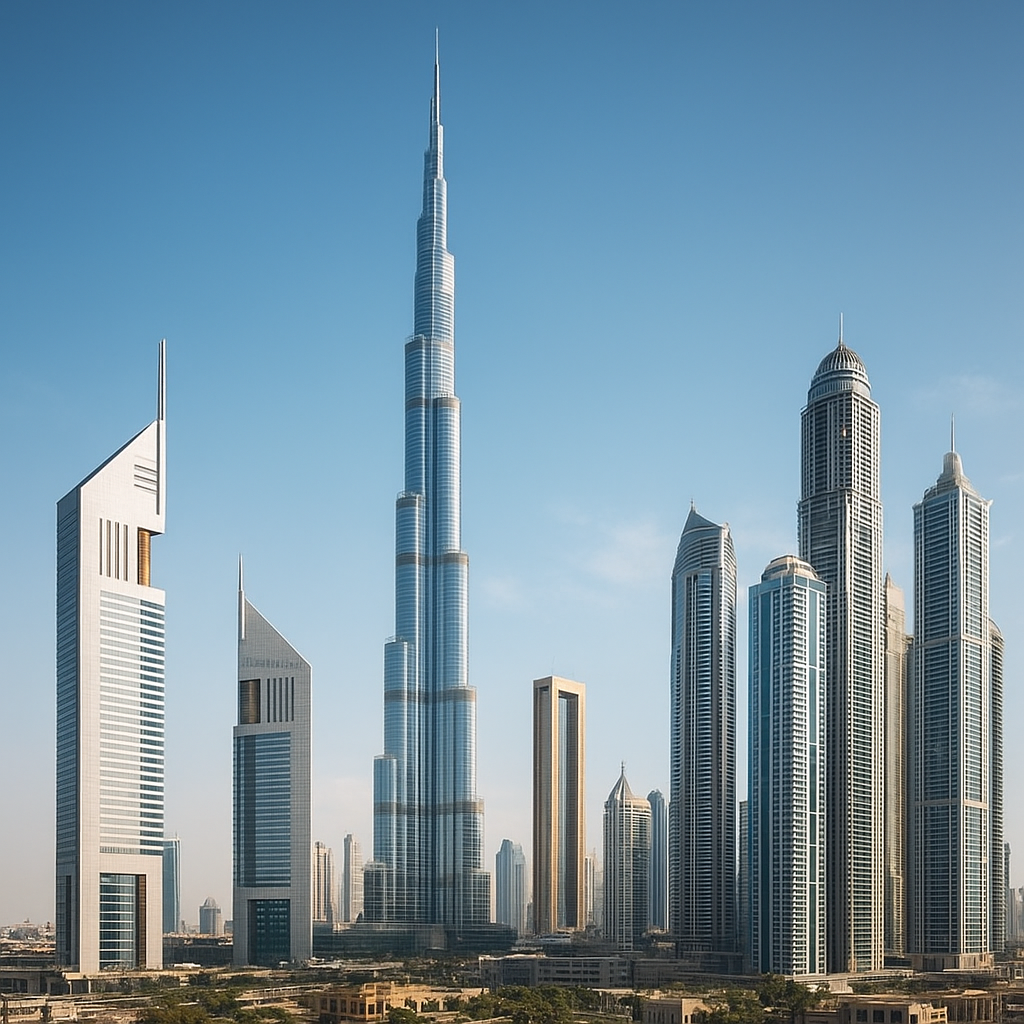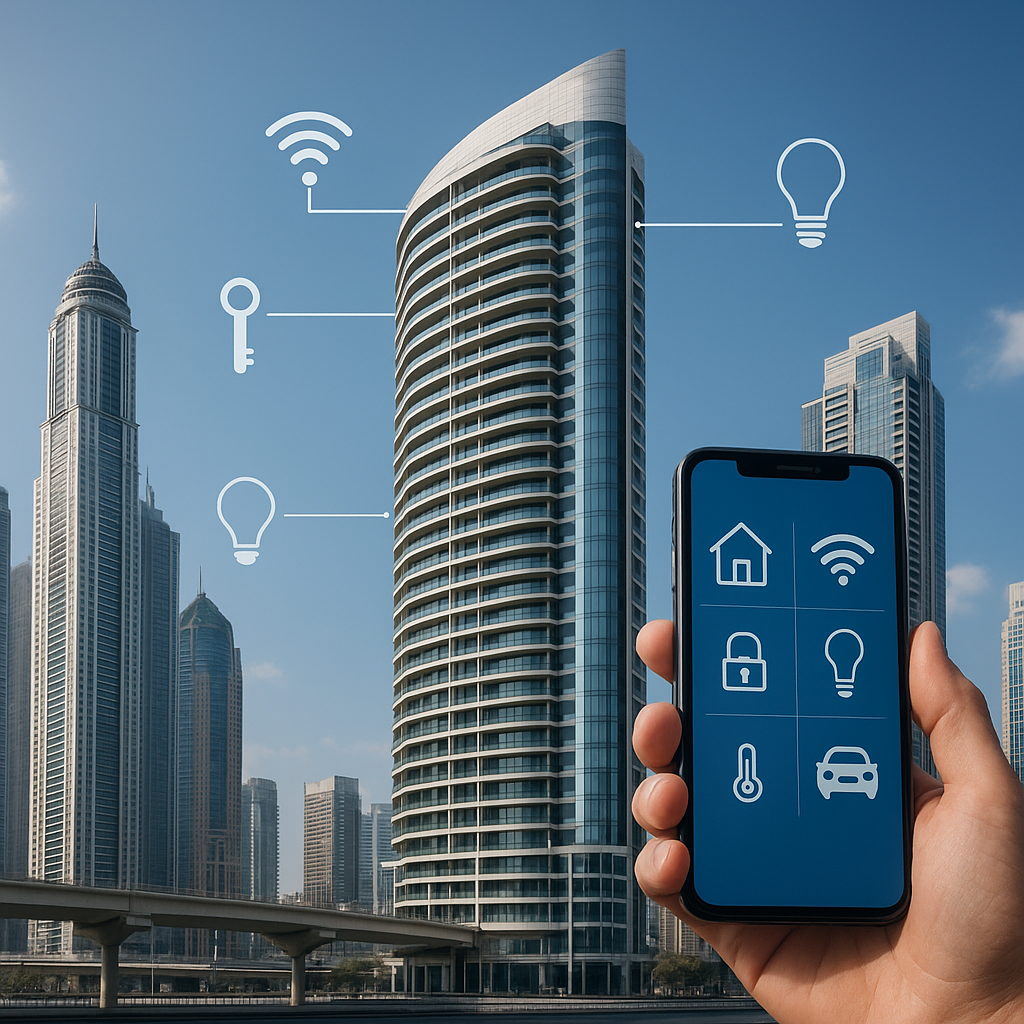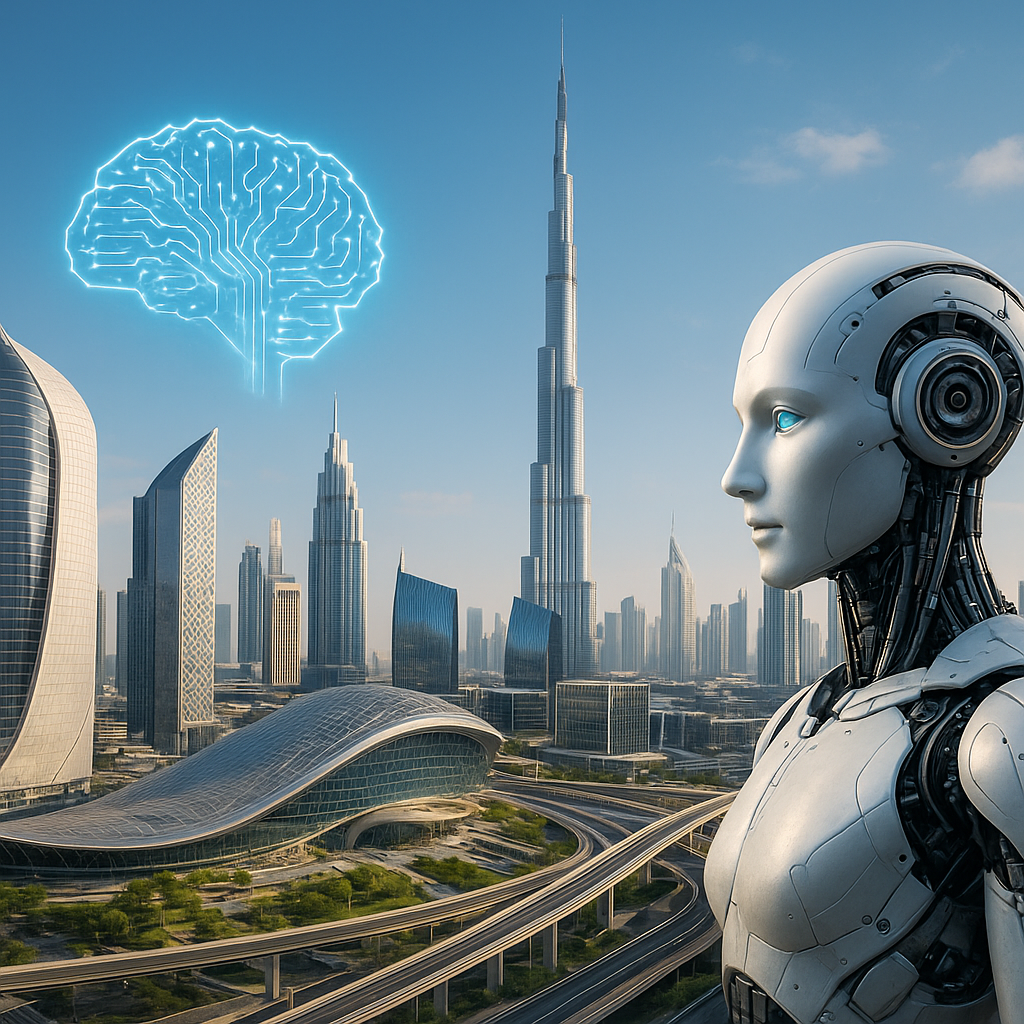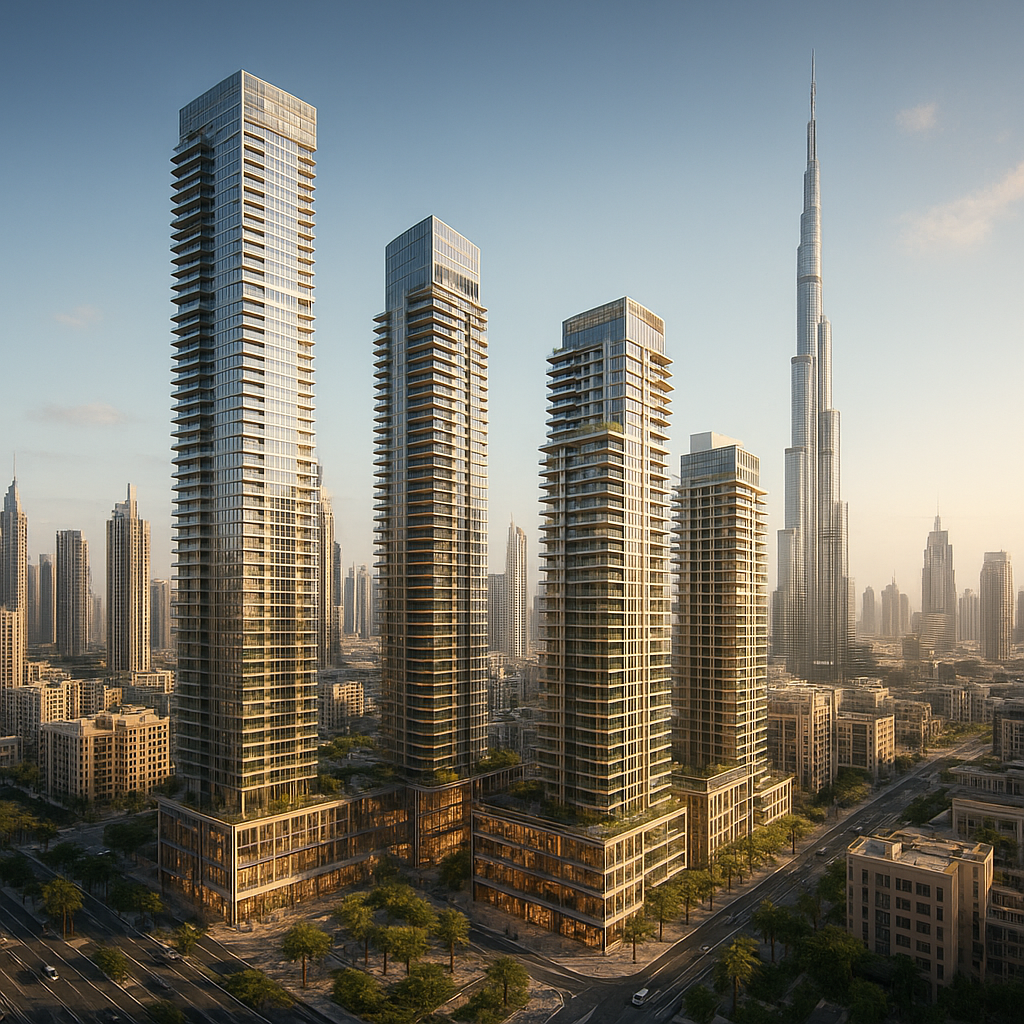Dubai’s ever-evolving skyline is on the brink of welcoming a new wave of architectural marvels. From record-breaking heights to ultra-sustainable designs, the upcoming projects promise to redefine what a modern metropolis can achieve. This article delves into the most anticipated skyscraper initiatives shaping the city’s future, exploring their innovative features, the engineering feats behind them, and their broader impact on Dubai’s urban landscape.
Iconic Designs on the Horizon
The allure of Dubai has always been tied to its ambition to push boundaries. In the next few years, several towers will rise that seek to outshine even the famed Burj Khalifa. Among these, the following stand out:
- The Tower at Dubai Creek Harbour: Set to surpass 1,050 meters, this structure aims to be the tallest in the world. Its tapering silhouette evokes the elegance of a sail, paying homage to Dubai’s maritime heritage.
- Dubai Eye Tower: Offering panoramic views through a massive observation wheel integrated into its upper levels, this mixed-use complex merges entertainment with office and residential spaces, creating a truly futuristic landmark.
- Moon District Skyscraper Cluster: As part of the ambitious Dubai Urban Master Plan, this cluster will feature three towers exceeding 400 meters, linked by skybridges and public terraces, fostering a sense of vertical community.
These projects are more than mere vertical expansions; they embody a commitment to exceptional architects and designers who blend Middle Eastern motifs with cutting-edge geometry. Expect façades of parametric patterns, dynamic lighting systems, and luxury amenities that cater to discerning global residents.
Sustainable and Smart Building Solutions
Dubai’s harsh desert climate presents significant challenges. To address energy consumption, water scarcity, and carbon emissions, new towers are integrating sustainability at their core:
- Solar-Integrated Facades: Photovoltaic panels embedded within glass exteriors will generate clean energy, reducing reliance on the grid.
- Smart HVAC Systems: Adaptive climate control will monitor occupancy and weather patterns, optimizing temperature and airflow to minimize waste.
- Greywater Recycling: Innovative plumbing loops capture, filter, and reuse water for landscaping and cooling towers, conserving precious resources.
- Green Terraces and Vertical Gardens: Lush vegetation on multiple levels will help lower ambient temperatures, improve air quality, and support local biodiversity.
Projects like the Creekside Harmony Tower are pursuing LEED Platinum certification, demonstrating Dubai’s ambition to become a global hub for infrastructure that balances opulence with environmental stewardship. Smart building platforms will enable residents and managers to monitor real-time data on energy, water usage, and indoor air quality via intuitive dashboards and smartphone apps.
Engineering Marvels and Construction Techniques
Reaching unprecedented heights demands breakthroughs in engineering and materials science. The upcoming skyscrapers will employ several advanced construction methodologies:
- Composite Structural Cores: High-strength steel wrapped in ultra-high-performance concrete will form a rigid backbone, reducing sway and ensuring seismic resilience.
- Modular Construction: Off-site prefabrication of entire floor modules allows for rapid assembly, improved quality control, and minimized disruption at ground level.
- Self-Climbing Formwork: Automated molds ascend the building as floors are cast, accelerating the pour-and-cure cycle and enhancing worker safety.
- High-Capacity Piling: Deep foundation piles driven into the bedrock ensure stability, even beneath the soft alluvial soils around Dubai Creek.
One standout endeavor is the SkySail Tower, whose curved form required parametric analysis to fine-tune every beam and column. Robotic fabrication centers produce bespoke components with millimeter precision. Meanwhile, drones equipped with LiDAR survey the construction progress, feeding data to 4D Building Information Modeling (BIM) systems that coordinate contractors, suppliers, and architects in real time.
Economic Impact and Urban Transformation
Beyond their visual grandeur, these skyscrapers will catalyze significant economic and social change:
- Job Creation: Tens of thousands of roles in construction, hospitality, retail, and facility management.
- Tourism Boost: Observation decks, sky lounges, and high-end restaurants will attract millions of visitors annually.
- New Business Hubs: Premium office spaces will lure multinational corporations seeking a strategic Middle Eastern base, fostering innovation clusters.
- Urban Connectivity: Integrated transit stations, pedestrian bridges, and water taxi docks will knit these towers into the city fabric, reducing reliance on private cars.
Districts like Dubai Creek Harbour and the newly envisioned Al Jaddaf Corridor will evolve into 24/7 environments, offering work, leisure, culture, and wellness amenities within walking distance. The synergy between residential, commercial, and recreational zones underscores a shift toward holistic urban planning that prioritizes quality of life alongside economic growth.
The Road Ahead: Challenges and Opportunities
While the prospects are thrilling, realizing these tall ambitions comes with hurdles:
- Supply Chain Disruptions: Global events can delay key materials like specialized steel and glass.
- Regulatory Approvals: Complex zoning laws and evolving safety codes require meticulous compliance and can slow progress.
- Cost Management: Fluctuating commodity prices demand robust financial strategies and risk mitigation plans.
- Talent Acquisition: Recruiting and retaining skilled engineers, architects, and technicians is critical in a competitive global market.
Nevertheless, Dubai’s track record of overcoming obstacles instills confidence. Government incentives, public–private partnerships, and visionary leadership ensure that these towering endeavors will reach completion. As cranes dot the skyline and nightscapes glow with construction site activity, Dubai reaffirms its status as a beacon of innovation and ambition in the 21st century.

